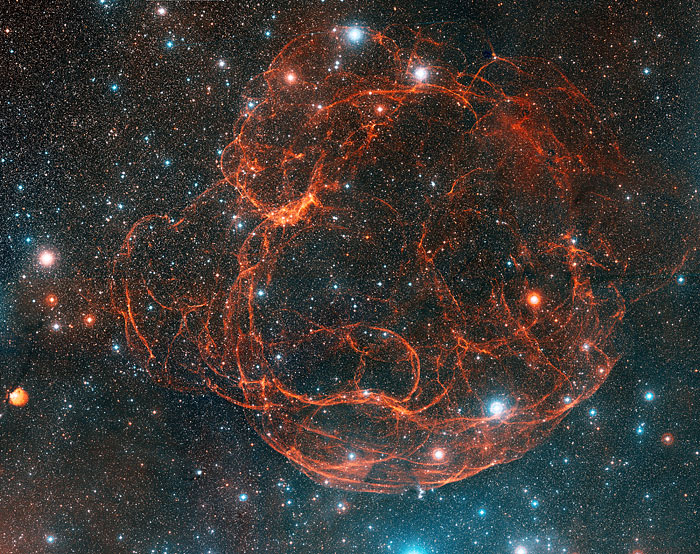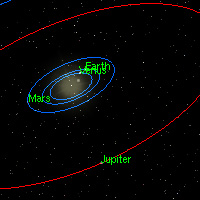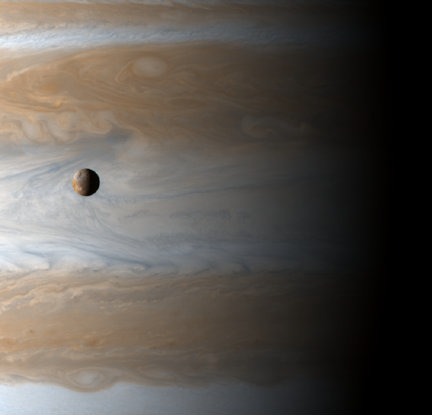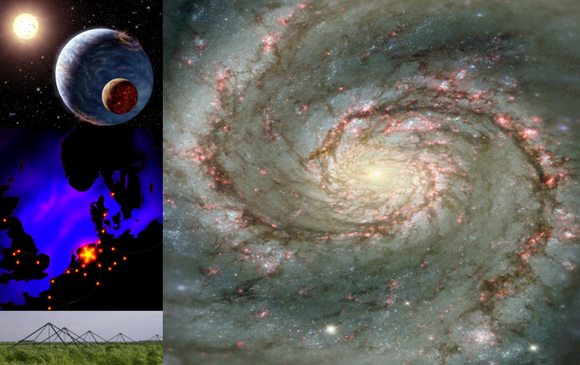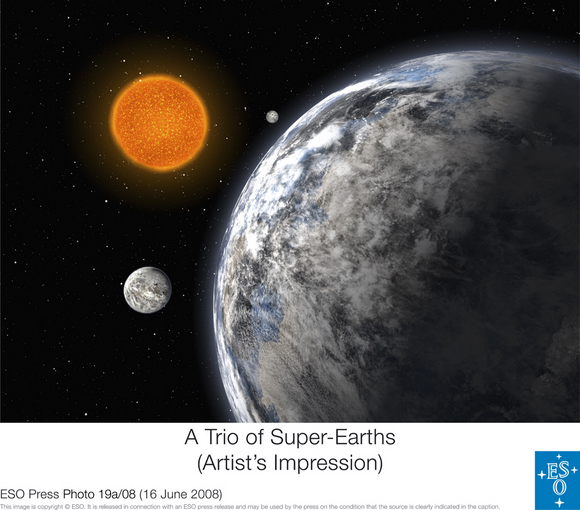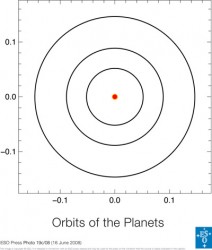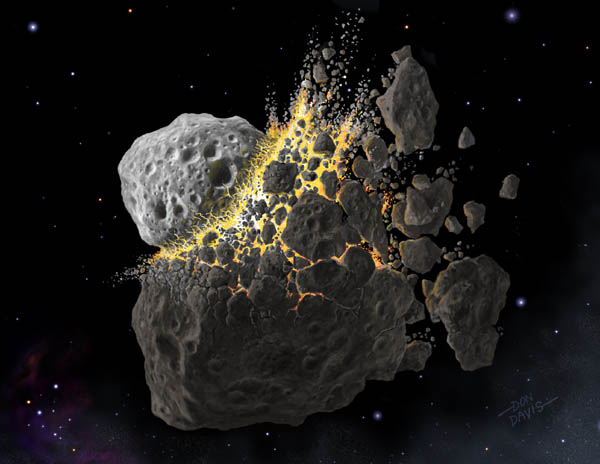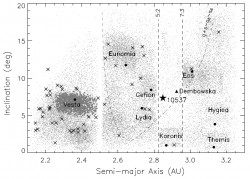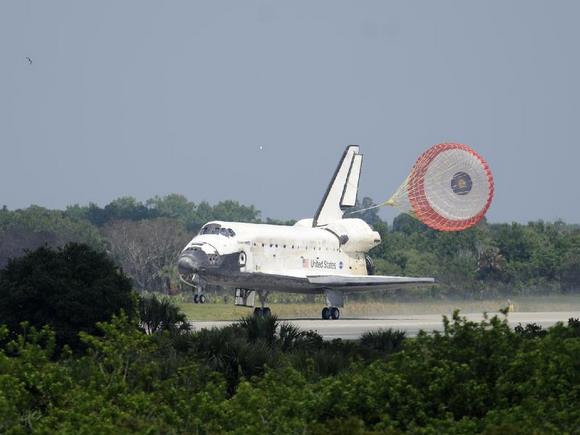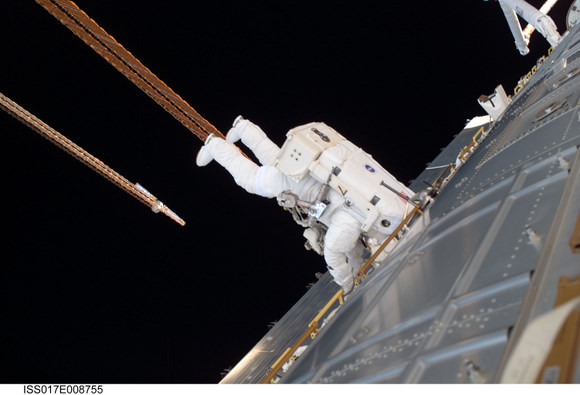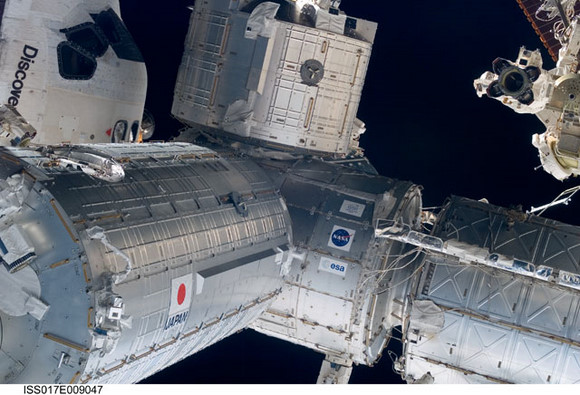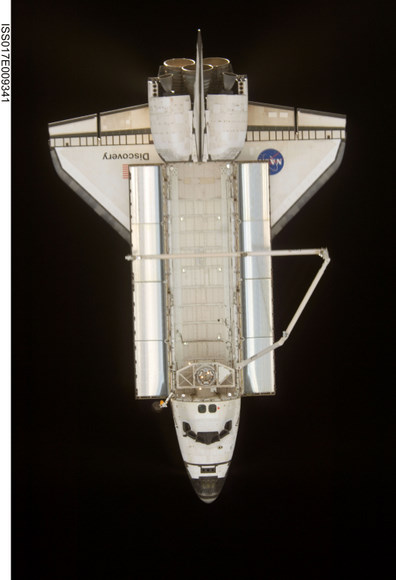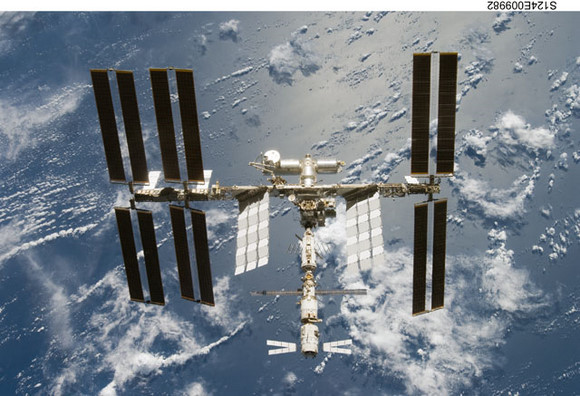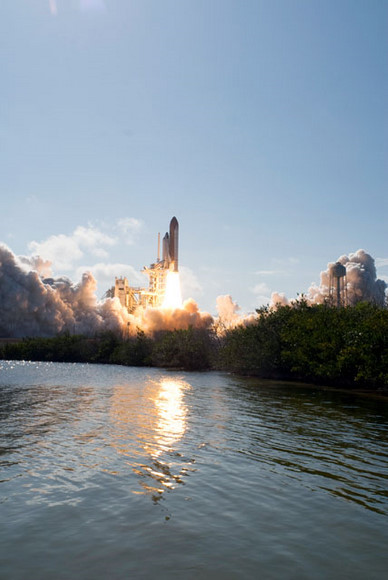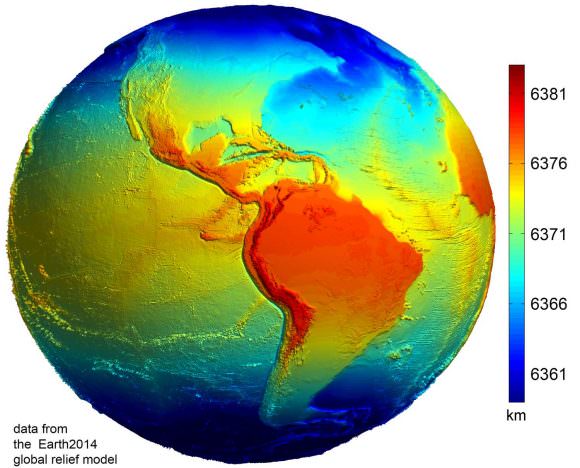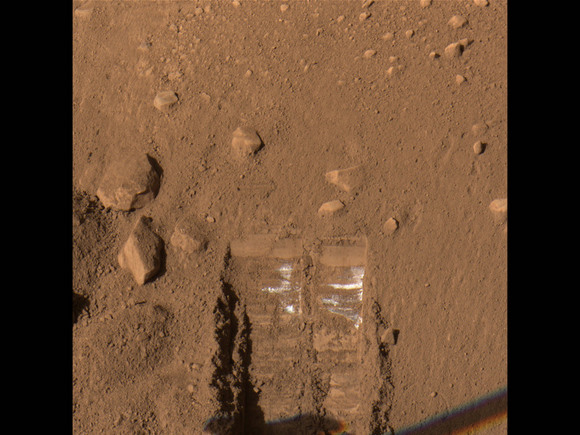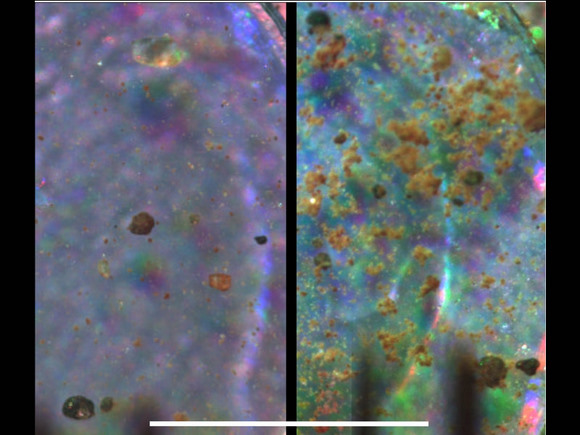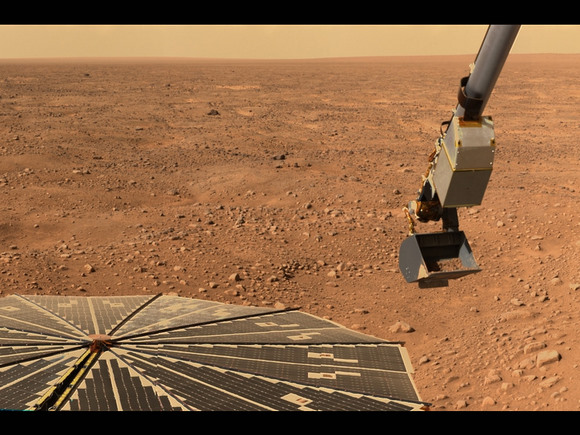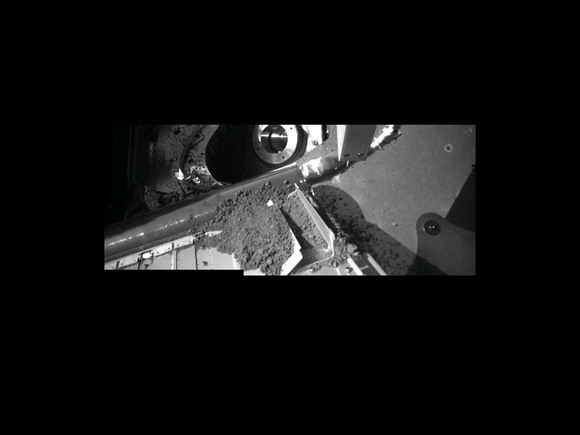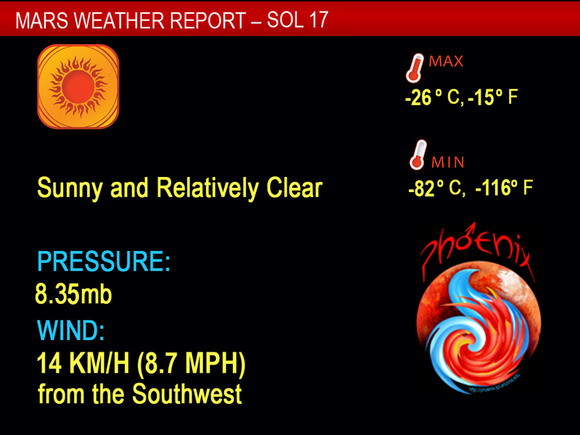If you think we’re looking straight down the maul of the “Doomsday Machine”, you’d be pretty much correct. While the fictionalized Star Trek account had the planet killer slowly destroying a distant solar system, this particular “star eater” is very real and still exists along the Auriga-Taurus border…
Named Simeis 147, this ancient supernova remnant has expanded so much that it’s barely visible to larger telescopes. Why? Mostly because the diameter of the nebula is about 3-1/2 degrees, or about 7 times the size of the Moon – and the fact it’s one of the faintest objects in the night sky. Like many nebulous “sky scraps”, it is simply too large to be seen in its entirety – or beauty – except through the magic of astrophotograhy.
In this week’s image by Davide De Martin, we take an up close and personal look at Simeis 147. The intricate filaments of this faint supernova remnant spans over 160 light years of interstellar space and is around 3900 light years away. With an apparent age of about 100,000 years, this awesome explosion occurred around the time of Peking Man, and like our distant ancestor left more than one artifact behind. In this case, the expanding remnant is not all. Deep within the folds and rifts lay a spinning neutron star. This pulsar is all that’s left of the original star’s core.
Unlike many things unexplored, more study was indicated and newer estimated gauge Semeis 147’s age at about 30,000 years. The pulsar itself has recently been detected and has been cataloged as PSR J0538+2817. Imagine something that rotates completely on its axis seven times per second! And think about what happened… The outer layers of this exploding star initially carried outward at speeds of 10,000-20,000 km/s–a tremendous amount of energy released in a blast wave.
Supernovae are divided into classes based upon the appearance of their spectra: hydrogen lines are prominent in Type II supernovae; while hydrogen lines are absent in Type Ia supernovae. Put simply, this means the progenitor stars either had hydrogen in their outer envelopes or did not have hydrogen in their outer envelopes. Type II supernovae are the territory of massive stars while Type Ia supernovae more than likely originated with white dwarf binary star systems – a place where the accreting white dwarf is driven above the Chandrasekhar Mass Limit, collapses and explodes.
So how often do events like the Simeis 147 type happen? According to Rudolph Minkowski; “As regards the supernovae frequency, there are two types of supernovae. The Supernovae I seem to occur about every 400 or 500 years per galaxy and the Supernovae II about every 50 years per galaxy, with considerable leeway. But, the Supernovae II are certainly much more frequent than Supernova I.” In recent studies done the 610.5 MHz Contour Maps of the Supernova Simeis 147, by Dickel and McKinley, the integrated flux densities show that the radiation is probably non-thermal and incredibly old.
 As old as the Star Trek “Doomsday Machine”? Its origins were also unknown and it produced mass destruction. Maybe Simeis 147 isn’t quite the same as the neutronium hulled, antiproton beam firing planet killer of Gene Roddenberry’s fictionalized story… But it is definitely as intriguing to the imagination!
As old as the Star Trek “Doomsday Machine”? Its origins were also unknown and it produced mass destruction. Maybe Simeis 147 isn’t quite the same as the neutronium hulled, antiproton beam firing planet killer of Gene Roddenberry’s fictionalized story… But it is definitely as intriguing to the imagination!
This week’s awesome image was done by Davide De Martin.

